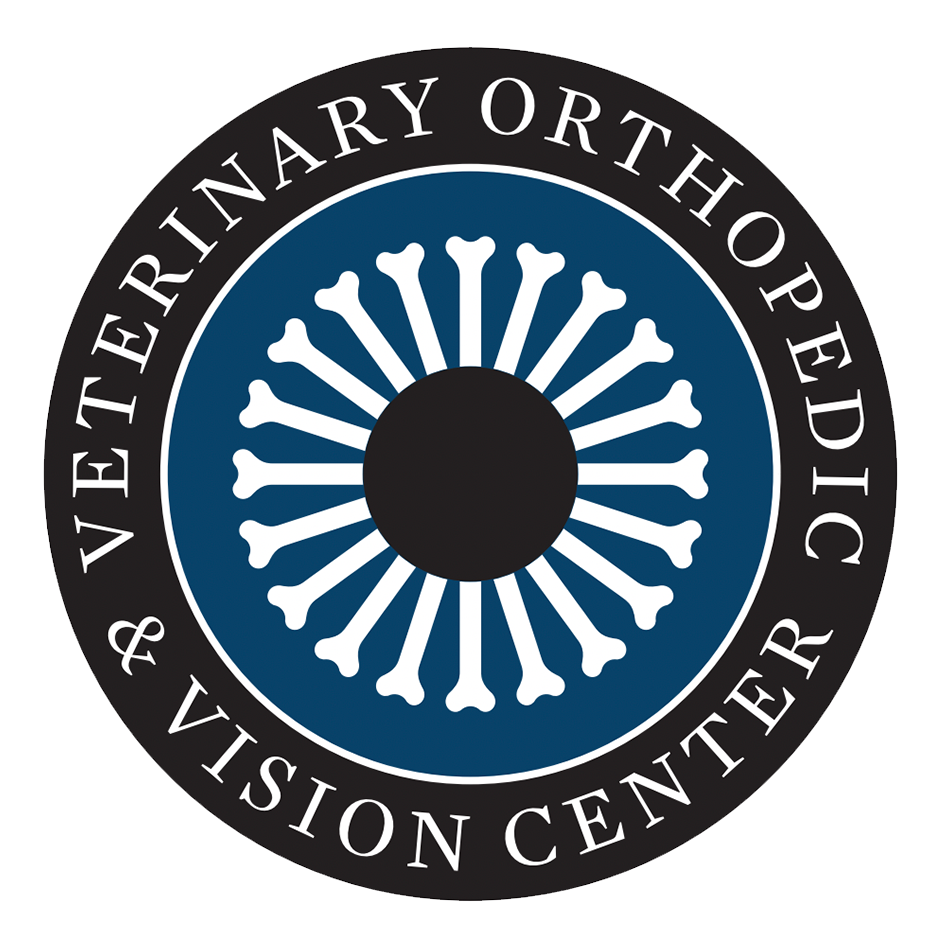Understanding Cherry Eye in Pets: Causes, Symptoms, and Treatment
As pet owners, we always strive to provide the best care for our furry friends. However, despite
our best efforts, our beloved pets can sometimes develop health issues. One such issue that
can affect dogs, in particular, is “cherry eye.” In this blog, we will delve into what cherry eye is,
its causes, symptoms, and available treatment options to help you better understand and
address this condition if it ever arises in your pet.
What Is Cherry Eye?
Cherry eye, formally known as nictitans gland prolapse, is a common eye condition that
primarily affects dogs, although it can also occur in cats. It gets its colloquial name due to the
red and swollen appearance of the affected eye, which resembles a cherry. This condition
occurs when the gland of the third eyelid, also known as the nictitating membrane or haw,
prolapses or moves out of its normal position. This gland plays a vital role in producing tears
and keeping the eye moist.
Causes of Cherry Eye
The exact cause of cherry eye is not fully understood, but it is believed to result from a
combination of genetic, anatomical, and environmental factors. Some potential causes and
contributing factors include:
- Genetics: Certain breeds are more predisposed to cherry eye than others. Breeds such
as Bulldogs, Cocker Spaniels, Boston Terriers, and Shih Tzus are among those with a
higher risk. - Weak Connective Tissue: Cherry eye can occur when the connective tissue holding the
gland in place is weak or underdeveloped. - Trauma: Physical trauma or injury to the eye area can sometimes lead to the
development of cherry eye. - Inflammation: Inflammatory processes within the eye can also contribute to the prolapse
of the third eyelid gland.
Symptoms of Cherry Eye
Identifying cherry eye in your pet is relatively straightforward due to its distinctive appearance.
Some common symptoms of cherry eye include:
- A red, swollen, and prominent mass in the corner of the eye, resembling a cherry.
- Excessive blinking or squinting.
- Watery or mucus discharge from the affected eye.
- Irritation and discomfort, which may lead to your pet rubbing or pawing at the eye.
- Changes in eye behavior, such as increased sensitivity to light.
Treatment Options for Cherry Eye
Treating cherry eye typically involves veterinary intervention. Leaving it untreated can lead to
chronic eye issues, discomfort, and potential complications like dry eye (keratoconjunctivitis
sicca). Here are the primary treatment options:
- Surgical Repair: This is the most common and effective treatment for cherry eye. During
surgery, the veterinarian will reposition the prolapsed gland and secure it in place to
prevent recurrence. This procedure is usually successful, but it’s crucial to follow your
vet’s post-operative care instructions for a full recovery. - Medical Management: In some cases, your veterinarian may prescribe medication to
reduce inflammation and swelling before attempting surgery. This approach can make
the surgical procedure more manageable and successful. - Alternative Treatments: While surgery is the primary treatment, some alternative
methods, such as massage or using warm compresses, can temporarily alleviate
discomfort. However, these methods are not a long-term solution and should only be
used as a temporary measure until proper veterinary care can be obtained.
Cherry eye is a relatively common eye condition in dogs and, to a lesser extent, in cats. While it
may not always be preventable, early detection and prompt veterinary care can significantly
improve your pet’s prognosis and quality of life.
